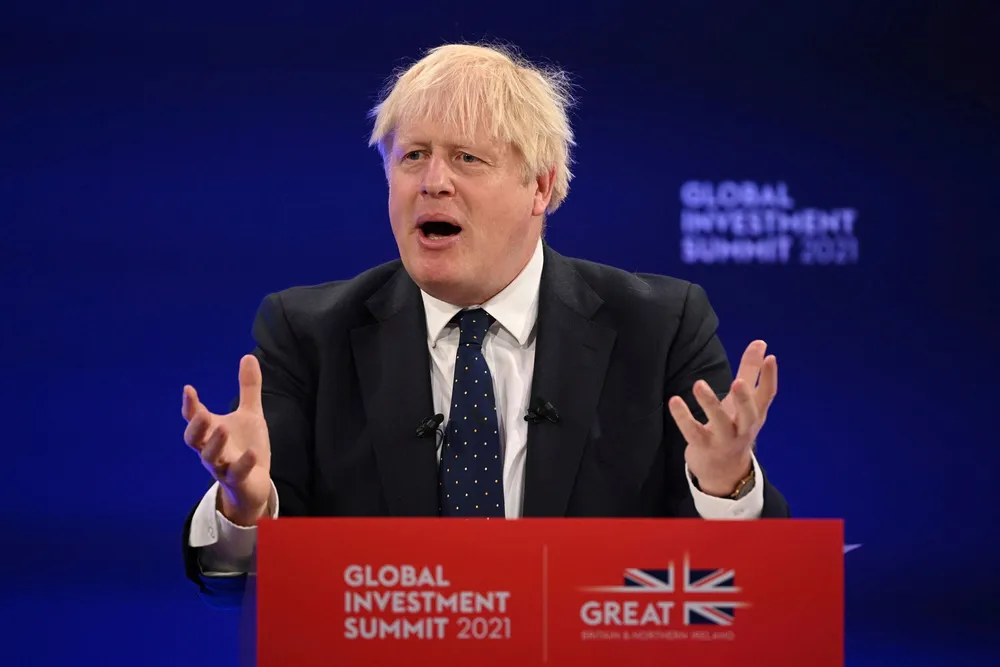'We want to be the Klondike of carbon capture, the Qatar of hydrogen': UK unveils Net Zero Strategy
Long-awaited document aims to make nation world leader in carbon neutrality efforts, says PM Boris Johnson

Long-awaited document aims to make nation world leader in carbon neutrality efforts, says PM Boris Johnson
